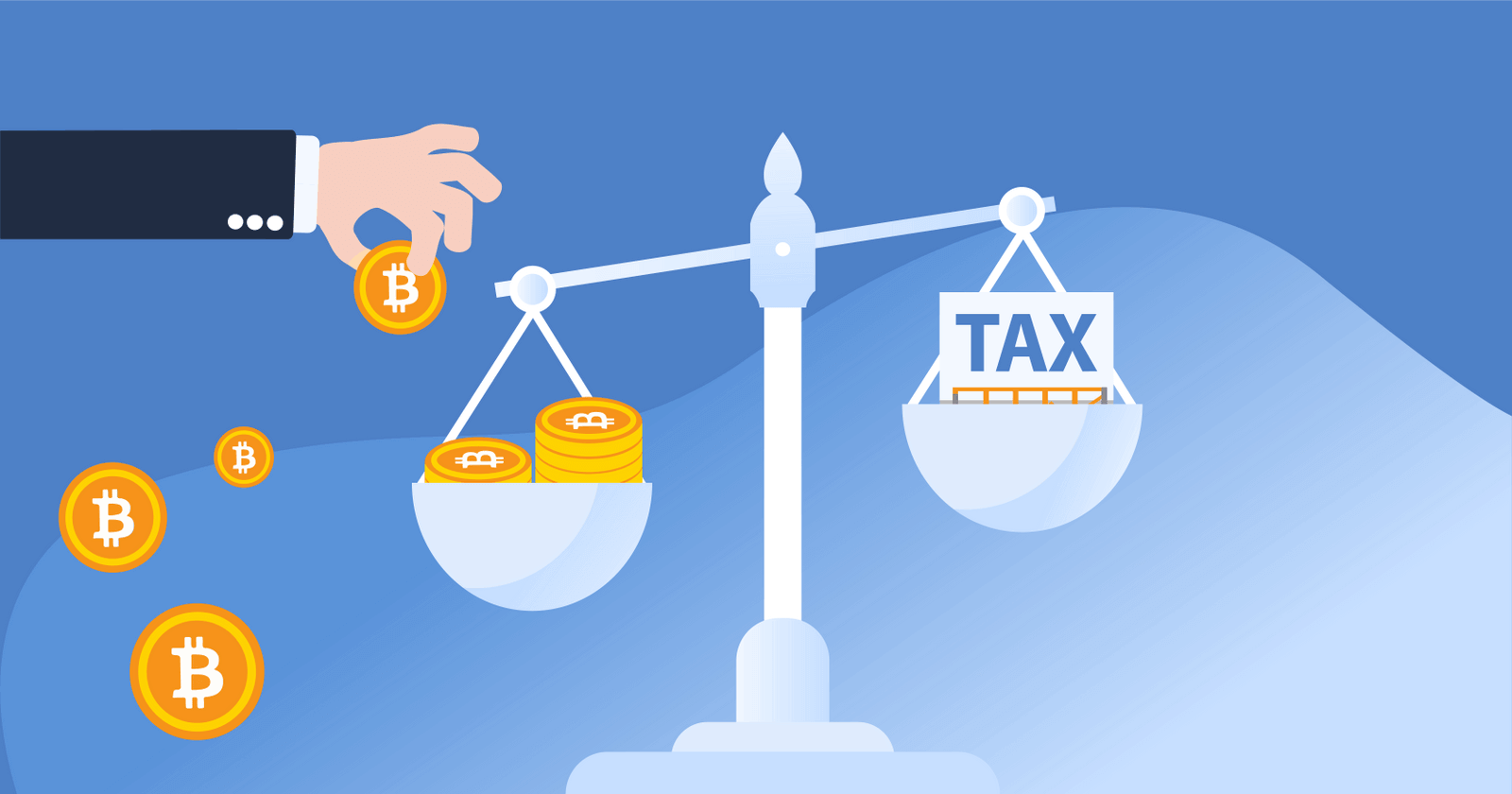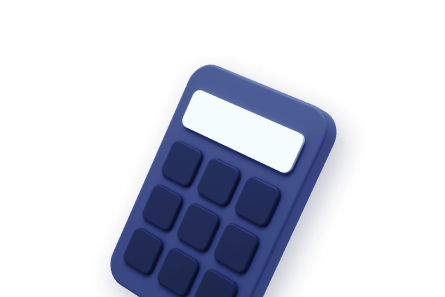

Key Takeaways
- You should sell Dogecoin if its current price aligns with your initial investment goals, you’re in need of cash, or you’re looking to diversify your portfolio.
- Because of Dogecoin’s inflationary supply, it may be difficult for DOGE to reach previous highs ($0.73).
Wondering whether you should sell your Dogecoin? In this guide, we’ll walk through some key considerations to help you make your decision.
When should I sell my Dogecoin?
Deciding when to sell Dogecoin comes down to revisiting your original investment goal. Ask yourself:
- What profit did I aim for when I bought Dogecoin?
- Does selling now align with that goal?

If Yes:
Congratulations, you’ve hit your target and you should consider selling! Remember, selling at a profit should be considered a success (an ROI over 10% on any investment can be considered good). While prices could go higher, locking in gains helps you avoid the regret that may come with a sudden market dip.

If No:
You should consider holding on to DOGE for longer. However, you still might still want to sell if:
- You need cash urgently.
- You want to diversify your portfolio.
- After careful study of the market, you believe that your original profit target was unrealistic.
💡 Example: Imagine you bought Dogecoin at $0.10, and your goal was to sell when it reached $0.50. If it hits your target, sticking to your plan helps avoid regret from holding too long or selling too early.
Should I sell my Dogecoin?
Here are three reasons why you may want to sell your Dogecoin.
1. Immediate Need for Cash
You should sell your Dogecoin if you need the proceeds to cover immediate financial needs — such as those related to housing or healthcare.
Your personal financial needs should be prioritized, especially in the case of emergencies. If you need to cover your expenses, don’t hesitate to sell.
2. Meeting Price Investment Targets
It can be difficult to know when to sell a volatile asset like Dogecoin. While you may wish to sell, you may also have FOMO (Fear of Missing Out) on future gains.
That’s why we recommended setting a realistic price target to take profits. It’s important to note that DOGE’s all-time high is $0.73 in 2021.

Since this time, Dogecoin’s supply has increased by several billion units — which means it may be hard to reach this price level again unless demand increases drastically.
Setting an investment goal can let you know when it’s time to sell. It’s also important to remember that you can sell a portion of your DOGE to make sure that you can continue to benefit from future appreciation.
💡 Example: If Dogecoin jumps from $0.30 to $0.50, selling 50% of your holdings can secure profits while leaving room for potential upside.
3. Rebalancing Your Portfolio
Diversification is key to being a successful cryptocurrency investor. If Dogecoin takes up too much of your portfolio, you should consider selling a portion and shifting towards other assets — such as Bitcoin and Ethereum.
Many analysts believe that these cryptocurrencies are better investments due to their utility and constrained supply.
Is Dogecoin a good long-term investment?
Here’s what you should know about DOGE as a long-term investment:
Inflationary Tokenomics:
Dogecoin has an unlimited supply. Five billion new coins are added every year, making it unlikely that DOGE will see a significant price increase in the near future.
Community-Driven Value:
Dogecoin relies heavily on speculative interest and a loyal community for price stability. At this time, DOGE has limited utility beyond its ‘memecoin’ status.
Long-Term Prospects:
Compared to Bitcoin’s role as digital gold and Ethereum’s utility in decentralized applications, Dogecoin’s lack of use cases means that its long-term prospects are limited.
💡 In November 2024, Dogecoin hit $0.4795—its highest price since May 2021—largely driven by retail enthusiasm and Elon Musk being appointed as co-chair of the Department of Government Efficiency. However, DOGE is highly volatile due to its ‘memecoin’ status.
Do I need to pay tax for selling Dogecoin?
Selling DOGE is subject to capital gains tax. You’ll recognize a capital gain or loss depending on how the price of your Dogecoin has changed since you originally received it.
Your capital gains on DOGE may be taxed at short-term or long-term rates.
Short-term capital gains: If you held your DOGE for less than 12 months, you’ll pay short-term capital gains tax (10-37%)
Long-term capital gains: If you held your DOGE for more than 12 months, you’ll pay long-term capital gains tax (0-20%).
If you’re close to the 12 month mark with your DOGE, you want to consider holding for a little bit longer to minimize your tax bill.
Can Dogecoin reach $10,000?
It’s unlikely that Dogecoin will reach $10,000. Let’s walk through a few reasons why.
Inflationary Supply
Remember, the price of cryptocurrencies is determined by supply and demand. Dogecoin's supply increases by 5 billion units every year, which means that this price level is very unlikely.
Correlation with Bitcoin
DOGE’s price did increase in the aftermath of the 2024 presidential election. However, it seems that its price is mostly correlated with Bitcoin’s growth (correlation coefficient: 0.98). Due to DOGE’s lack of utility, it’s unlikely to see sustained independent price growth.
Speculative Nature
Despite occasional surges—like after endorsements from celebrities like Elon Musk—sustained growth relies on community support, which has historically been volatile.
💡 Example: In 2021, Dogecoin experienced a trading volume surge driven by retail investors and celebrity endorsements. However, DOGE’s price fell after an initial surge. To this day, DOGE has not yet reached its 2021 highs.
Conclusion: Balancing Strategy and Emotion
By revisiting your investment goals, assessing current market conditions, and understanding Dogecoin’s unique characteristics—such as its inflationary supply and speculative nature—you can make an informed decision on whether to sell.
Remember the following:
- Selling at a profit is a win, even if the price goes higher later.
- Holding is a valid strategy if you believe in Dogecoin’s long-term potential.
- Diversifying can help you reduce risk and strengthen your overall portfolio.
Ultimately, the right choice depends on your financial situation and goals. Stay disciplined, avoid emotional decisions, and don’t forget to factor in potential tax obligations.
Frequently asked questions
How we reviewed this article
All CoinLedger articles go through a rigorous review process before publication. Learn more about the CoinLedger Editorial Process.

CoinLedger has strict sourcing guidelines for our content. Our content is based on direct interviews with tax experts, guidance from tax agencies, and articles from reputable news outlets.






























%20(1).png)





.png)
















